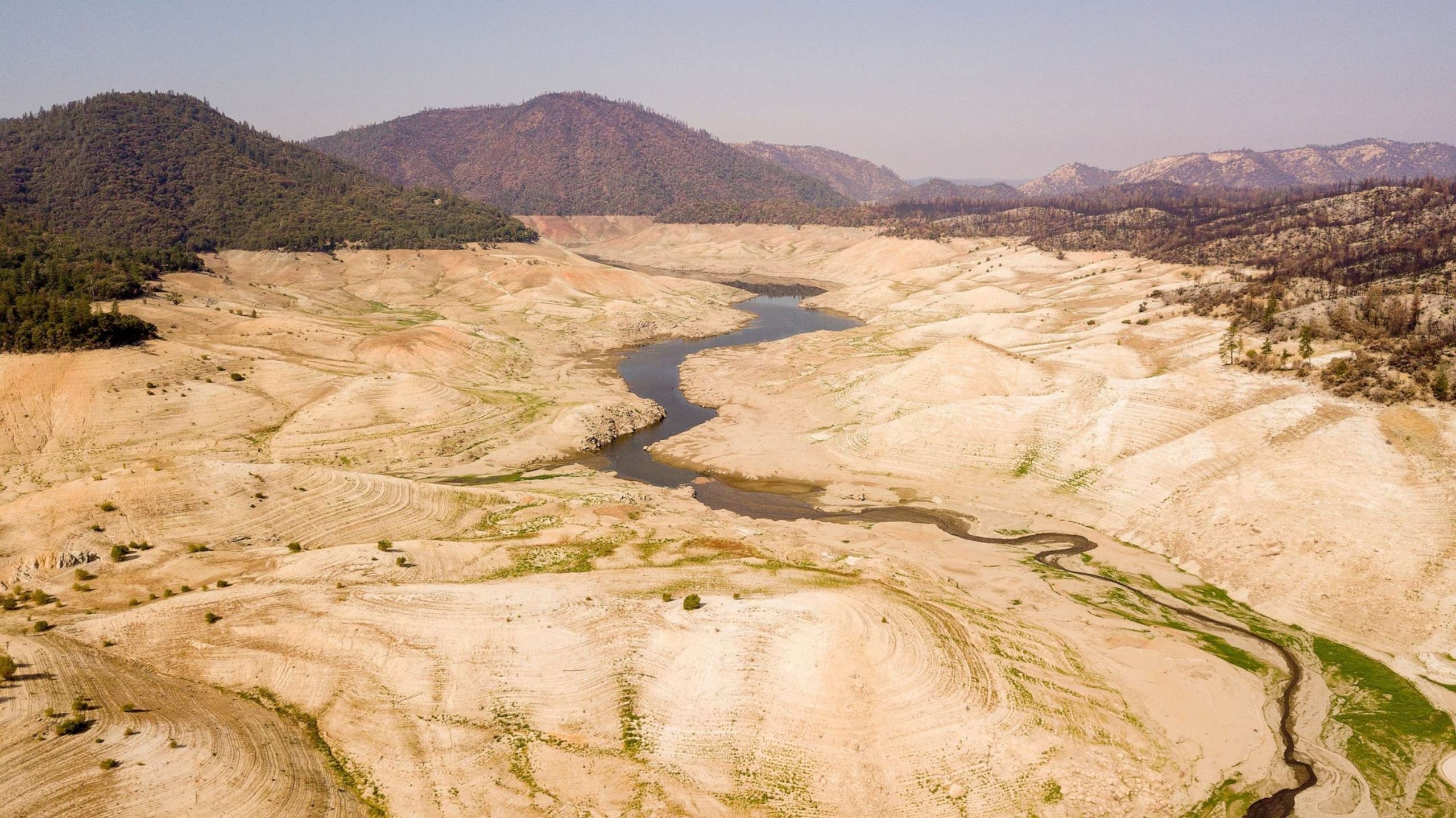Climate Change and Economic Resilience in Asia-Pacific
Recently, the Asia-Pacific region remains a critical player in global economic growth. However, many countries are unprepared for climate shocks. The United Nations Economic and Social Commission for Asia and the Pacific (ESCAP) released a report denoting the macroeconomic implications of climate change. It puts stress on the need for coordinated policies to enhance economic resilience.
Economic Growth Trends
The Asia-Pacific region contributed 60% of global economic growth in 2024. However, growth rates are declining. Average growth for developing economies fell from 5.5% before the COVID-19 pandemic to 4.8% in 2024. Least developed countries experienced even lower growth at 3.7%. This slowdown raises concerns about meeting Sustainable Development Goal 8, which targets 7% annual GDP growth.
Climate Risks and Vulnerability
The ESCAP report identifies 11 countries particularly vulnerable to climate risks. These include Afghanistan, Cambodia, Iran, Kazakhstan Laos Mongolia, Myanmar, Nepal, Tajikistan Uzbekistan and Vietnam. Many of these nations face annual economic losses due to extreme weather events. These countries face bigger challenges due to limited finances, weak institutions, and poor climate planning. While some countries are making progress with green policies and funding, others are falling behind.
Average Annual Loss
The UN warns that climate disasters could cause annual economic losses of at least 6% of GDP in one-third of Asia-Pacific countries. The report looks at something called Average Annual Loss (AAL) — the estimated yearly damage from climate events like floods, droughts, heatwaves, and storms.
For the 30 countries studied, the AAL is about 4.8% of GDP. Some countries have it much worse:
Cambodia’s AAL is nearly 11% of its GDP due to floods and droughts harming agriculture.
Fiji, Myanmar, and Pakistan all face at least 7% in annual losses, made worse by weak infrastructure.
Viet Nam is highly exposed to storms and flooding because of fast urban growth and land changes.
Macroeconomic Challenges
Countries in the region face several macroeconomic challenges. Slower productivity growth hampers economic advancement. High public debt risks and rising trade tensions further complicate recovery efforts. Policymakers must navigate these issues while addressing climate change. The interplay between economic uncertainty and climate risks creates a complex landscape for fiscal and monetary strategies.
Policy Responses and Strategies
Countries are adopting various policies to manage climate change’s economic challenges. For instance, the Republic of Korea is balancing industrial growth with environmental goals. In contrast, Laos focuses on agricultural resilience, while Kazakhstan aims to reduce fossil fuel dependency. Coastal economies like Bangladesh are advancing policies to mitigate severe climate impacts.
Importance of Green Industries
The report emphasises the potential of green industries as engines of economic growth. Countries should leverage their competitive advantages in green value chains. Transitioning to higher-value sectors is essential for long-term prosperity. Proactive government support is crucial for upgrading economies and ensuring sustainable growth.
Regional Cooperation
Inclusive regional economic cooperation is vital. It must address the development needs of both developed and developing countries. Collaboration can enhance resilience against climate shocks and encourage economic stability. The region’s diverse capabilities can be harnessed to tackle shared challenges effectively.
Month: Current Affairs - April, 2025
Category: Reports & Indexes Current Affairs







